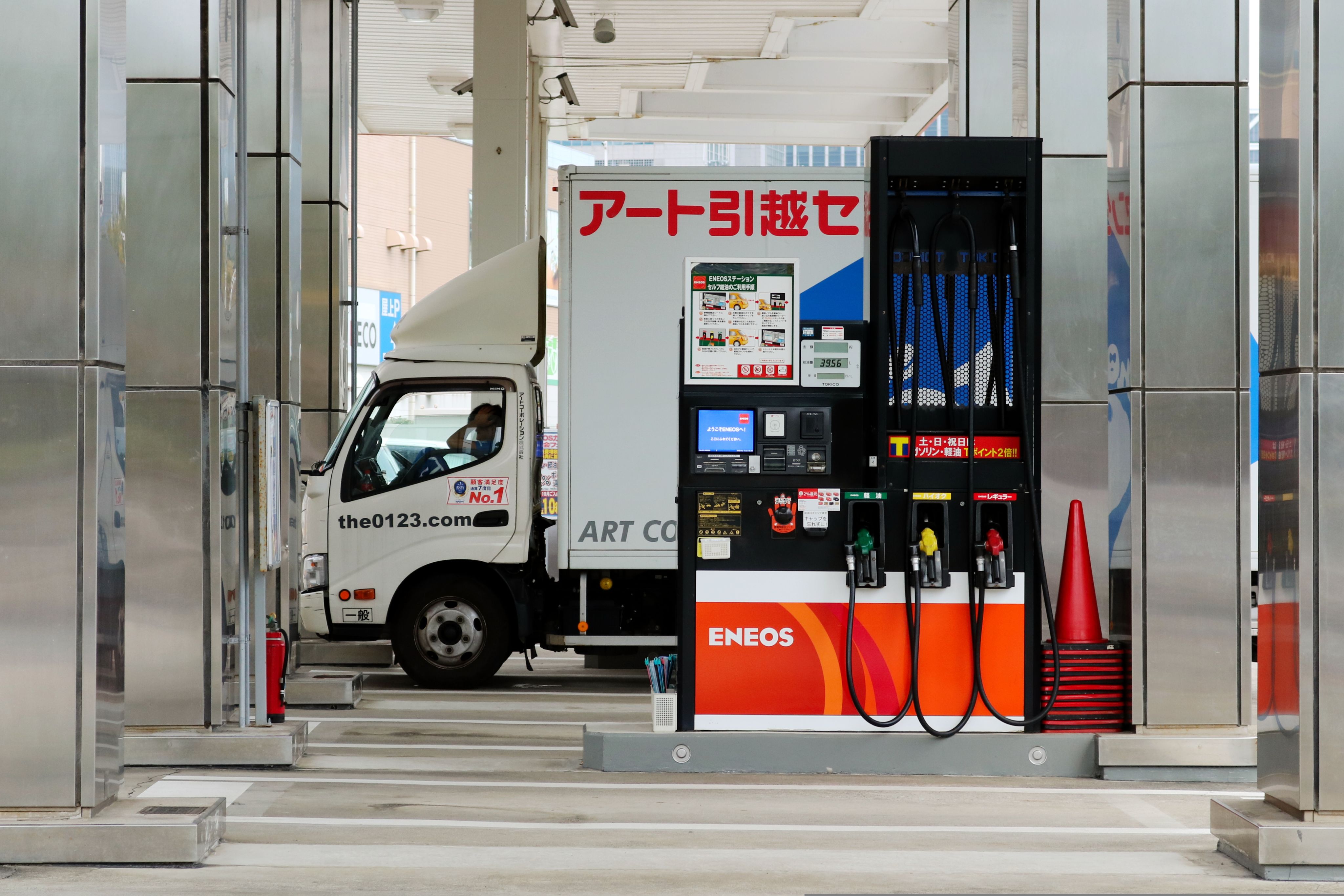Asia base oils supply to lengthen in H2 2023, demand may recover in late-Q3

Asia’s Group I base oils supply is expected to gradually increase in H2 2023, as there are no known major Group I unit turnarounds on the horizon.
Southeast Asia-origin Group I spot cargoes are mainly exported from Thailand nowadays, namely IRPC and Thai Lube, with supply from Indonesia’s Pertamina being curtailed due to relatively robust domestic demand.
Spot availability from Japan, the other key Group I exporter besides southeast Asia, will likely remain scarce as local refiners are expected to produce just enough material to fulfil their contractual obligations, as well as to supply the domestic market.
Japan’s ENEOS Corp is set to permanently close its Wakayama Group I unit in October 2023, after having closed its Negishi unit in October 2022.

ENEOS Corp has three other Group I units in Japan, two located in Mizushima and one in Kainan, with a total nameplate capacity of around 610,000 tonnes/year after the Negishi and Wakayama closures, data from the ICIS Supply & Demand Database shows.
There is unlikely to be significant impact on Group I supply in Asia from the closures, as ENEOS Corp mainly exports base oils out of its two Mizushima units rather than from Negishi or Wakayama, market sources said.
For Group II, a few refiners in China restarted their Group II units in May and June, including state-owned CNOOC Oil & Gas Taizhou, from scheduled maintenance and a few privately owned refiners from unplanned shutdowns.
China state-owned refiner Sinopec is expected to have around 15,000 tonnes of spot Group II 150N for export every month, possibly rising to as much as 20,000 tonnes/month by the year’s end, after its Maoming Group II unit restarted in early May from a turnaround.
Other than Taiwan’s Formosa Petrochemical Corp’s (FPCC) scheduled turnaround at its Group II unit from around mid-October to H1 December - and South Korea’s Hyundai Oilbank Shell Base Oil’s (HSB) production cut by 30% from full capacity from early August to H1 September later in the year - most other Group II refiners will likely run their units at high rates, as there is no incentive to switch to produce more gasoil due to comparatively lower prices of the latter at the moment.
Refiners are able to adjust their ratio of base oils and gasoil production to a large extent.
As for Group III, supply of 4cSt, 6cSt and 8cSt (centistoke) is expected to increase in Q3, after the scheduled maintenance at South Korean S-Oil’s Group III unit from early June to mid-July.
Prior to its turnaround, S-Oil had been producing relatively more 4cSt than the other two Group III grades, but the production ratio for all three grades is expected to become more balanced when the unit resumes production.
Supply of 4cSt and 6cSt from SK Lubricants, the other key South Korean Group III refiner, will likely remain constant.
Increased supply of non-approved and semi-approved Group III material from southeast Asia and the Middle East will likely dampen demand for South Korean Group III to some extent for downstream customers who are not particular about approvals.
On the demand side, buying interest for base oils in general is expected to be maintained, at best, in the next couple of months.

June and July are the traditional lull season, with demand in China and southeast Asia likely to pick up speed from the second-half of August to September.
In India, demand has been relatively stronger than in other regions in Asia, but buyers were mostly purchasing imports on a need-to basis on the back of ample domestic supply.
Buyers in India are spoilt for choice, as they have been able to import base oils from various sources, including northeast Asia, southeast Asia, the Middle East, and the US.
According to ICIS demand analyst Jincy Varghese, global light vehicle sales increased by 2.3% month on month in April to 86m units/year from 84m units/year in March (Oxford Economics). But negatives continue to outweigh positives for the sector. Now for 2023, the outlook continues to be challenging due to the cost-of-living crisis, as car buyers are expected to postpone their purchases.
China’s automotive output is forecast to shrink during the second half of the year (Oxford Economics). This contradicts the view that pent-up demand growth was expected after the re-opening of the economy. However, the actual impact is not yet clear. Currently, Chinese auto stakeholders are primarily focusing on the development of new energy vehicles (NEVs) and intelligent connected vehicles (ICVs), including autonomous vehicles.
Base oils are used to produce finished lubes and greases for automobiles and other machinery.
ICIS has just launched its monthly Asian base oil forecast on June 27, forecasting the price and market drivers of Group I, II and III base oils over the next 18 months.
Anticipate the next move in base oils markets confidently through advanced data analytics, expert insight and trusted intelligence to help power the future of your business.
Author:
Matthew Chong is a Senior Editor at ICIS Singapore, covering the Asia base oils market. Prior to taking on base oils, he was in charge of the polyurethane (PU) chain of products in ICIS. Matthew also has several years of working experience in the financial industry.
Matthew graduated with an MBA from Hitotsubashi University in Tokyo, Japan, and majored in Finance during his undergraduate years in National University of Singapore.
Related content
Speak with ICIS
If you are interested in learning about how our specialist insight can help you make better business decisions, contact the ICIS team today. Simply complete the form and we will get in touch with you as soon as possible.



